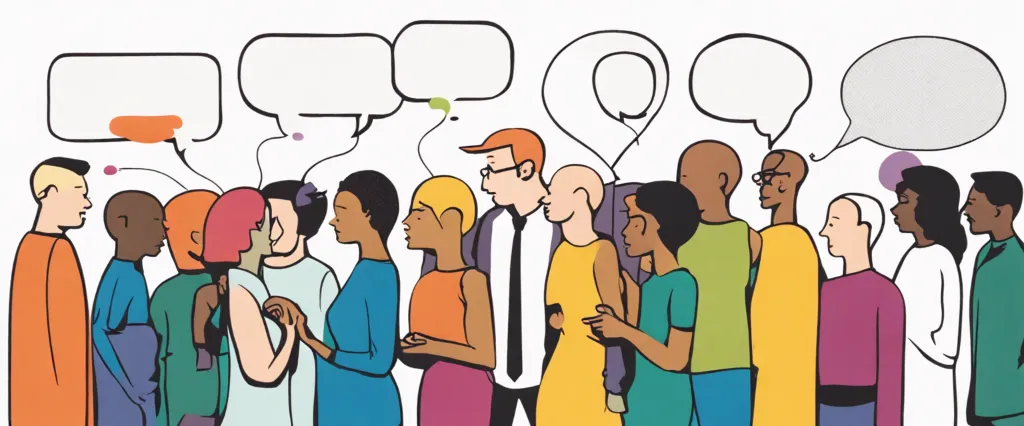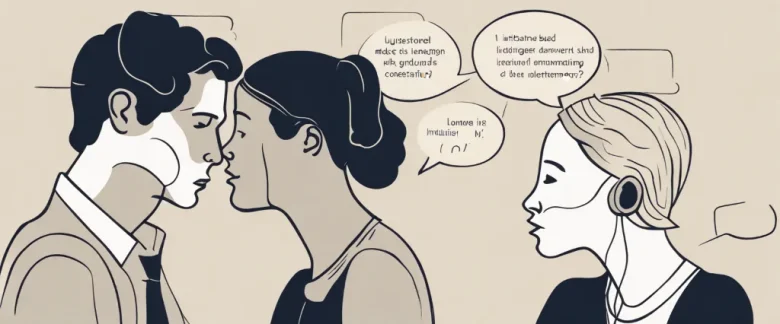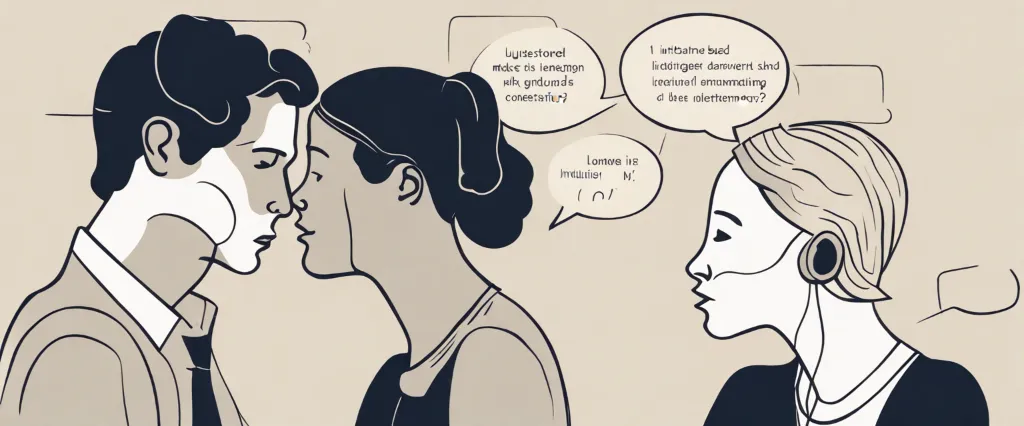In “Social” by Matthew D. Lieberman, the renowned social neuroscientist takes us on a captivating journey into the science behind our fundamental need for social connection. Exploring the intricate workings of the human brain, Lieberman unveils the critical role social interaction plays in shaping our mental health, happiness, and overall well-being. Through a comprehensive analysis of cutting-edge research and compelling anecdotes, the author illuminates how our brains are wired to connect, emphasizing the profound influence social relationships have on various aspects of our lives. With his expertise in the field, Matthew D. Lieberman is a distinguished professor of psychology and psychiatry at the University of California, Los Angeles (UCLA), as well as the director of the Social Cognitive Neuroscience Lab. He has dedicated his career to unraveling the mysteries of the human brain and has been at the forefront of advancing our understanding of the impact of social interaction on individual and collective behaviors. Through his groundbreaking research, Lieberman’s work has significantly contributed to our comprehension of the cognitive and emotional processes that underlie our social experiences. With “Social,” he presents a compelling synthesis of his expertise, shedding light on why social connection is not just a desire but an essential element of our lives. This summary delves into the core ideas explored in the book, outlining Lieberman’s evidence-based findings and highlighting the practical implications of understanding our deep-seated need for social interaction.
Chapter 1: The Social Brain
Chapter 1 of “Social” by Matthew D. Lieberman delves into the concept of the social brain. Lieberman argues that humans are inherently social beings and that our brain’s primary function is to enable us to connect with others. He introduces the theory of social cognitive neuroscience, which explores how our brains process social interactions and understand others.
The chapter begins by highlighting the importance of social connectedness for human survival and well-being. Lieberman discusses how the brain’s evolution is shaped by our need for connection, as social interaction aids in the acquisition of knowledge, resources, and protection. He argues that our brains have developed specific neural mechanisms, such as mirror neurons, that help us understand and empathize with others.
Lieberman also emphasizes the significance of perception and how the brain is constantly attuned to the social cues emanating from our environment. He explores the concept of mentalizing, or theory of mind, which refers to the ability to attribute mental states to oneself and others. This ability allows humans to predict and understand the thoughts, emotions, and intentions of those around us.
Furthermore, Lieberman sheds light on the link between physical and social pain, suggesting that the brain processes emotional pain in a similar manner to physical pain. This finding demonstrates the deep-rooted impact of social rejection and isolation on our well-being.
In conclusion, Chapter 1 lays the foundation for understanding the importance of the social brain in human life. It emphasizes the social nature of humans and how our brains have evolved to facilitate social interactions and connections. The following chapters will delve further into this topic and explore the role of the social brain in various aspects of our lives, including relationships, decision-making, and mental health.
Chapter 2: The Power of Belonging
Chapter 2: The Power of Belonging of the book “Social” by Matthew D. Lieberman explores the significance of social connection and the deep-rooted human need to belong. The author delves into the neurological and psychological aspects of belonging, highlighting its impact on our overall well-being.
Lieberman begins by explaining that our brains are wired to prioritize social connection. As social beings, the need to belong is as fundamental as our physiological needs for food and water. The author presents various scientific studies and experiments that demonstrate how social connection is hardwired in our brain circuitry.
One key finding Lieberman discusses is the role of the amygdala in detecting social exclusion and threats to belonging. This primitive part of our brain, responsible for processing emotions, reacts strongly to social exclusion, leading to feelings of pain or distress. The author argues that these social pains are not merely metaphorical but activate the same brain regions as physical pain, indicating the deep significance of social connection to our well-being.
Furthermore, the author highlights how social exclusion and loneliness can have detrimental effects on various aspects of our lives. Studies show that loneliness leads to increased stress, decreased immune functioning, and even higher mortality rates. Lieberman underlines that thriving socially is essential for both our mental and physical health.
To further support his argument, Lieberman explores the evolutionary perspective of social connection. He explains that our ancestors’ survival often depended on their ability to form and maintain social bonds. From this perspective, the need to belong can be seen as an adaptive trait honed through evolution.
In conclusion, Chapter 2 of “Social” emphasizes the fundamental importance of belonging in human life. It provides scientific evidence that our brains are wired to prioritize social connection and that social exclusion and loneliness can have adverse effects on our well-being. Understanding the power of belonging can help us appreciate the significance of social connections and foster a sense of belonging for ourselves and others.
Chapter 3: The Brain’s Social Radar
Chapter 3 of the book “Social” by Matthew D. Lieberman, titled “The Brain’s Social Radar,” explores the concept of how our brains are wired for social interaction and how they process and respond to social stimuli. Lieberman argues that humans are fundamentally social beings, and our interactions with others play a crucial role in shaping our thoughts, feelings, and behavior.
The chapter begins by highlighting the fact that the human brain has evolved to prioritize social information. Lieberman discusses how our brains are highly advanced in detecting and interpreting social cues, such as facial expressions, body language, and vocal intonations. He refers to these abilities as the brain’s “social radar,” which enables us to understand and respond appropriately to others in various social contexts.
Lieberman further delves into the concept of social pain, explaining that our brains process social rejection or exclusion in a similar manner to physical pain. He introduces the concept of the “pain overlap system,” suggesting that our brains use the same neural circuits to process both physical and social pain. This understanding sheds light on why social rejection or isolation can be distressing and emotionally painful.
The chapter also explores the brain’s reward system, explaining how social interactions trigger the release of neurotransmitters like oxytocin and dopamine, leading to positive feelings and increased social bonding. Lieberman emphasizes the importance of social connection in promoting overall well-being and highlights the detrimental effects of social isolation on mental and physical health.
Overall, Chapter 3 of “Social” provides insights into the neural mechanisms underlying social behavior and mapping out how the brain’s social radar impacts our thoughts, emotions, and social interactions. It emphasizes the significance of human connection and emphasizes the profound influence that social experiences have on our lives.
Chapter 4: Empathy and Compassion

Chapter 4 of the book “Social” by Matthew D. Lieberman focuses on empathy and compassion, exploring the nature of these social emotions and their significance in human interactions. The chapter highlights how empathy and compassion help humans connect with others at a deeper level, ultimately leading to a greater sense of well-being and social cohesion.
The chapter begins by distinguishing empathy from sympathy, explaining that empathy involves understanding and sharing the emotions felt by another person, while sympathy involves feeling sorry or pitying someone. Lieberman argues that empathy is a crucial aspect of being social creatures as it allows us to connect with others and understand their experiences.
Lieberman discusses empathy at both a neurological and psychological level, highlighting brain regions involved in empathy and how they work together to create an understanding of others’ emotional states. He emphasizes that empathy is not a fixed trait but can be developed and enhanced through practice and training.
The chapter then delves into the concept of compassion, which is closely related to empathy. Compassion involves not only understanding others’ emotions but also feeling a genuine desire to help and alleviate their suffering. Lieberman discusses the benefits of compassion, both for the person receiving it and for the person expressing it, emphasizing that acts of compassion can improve one’s well-being and strengthen social bonds.
Throughout the chapter, Lieberman provides real-life examples, research studies, and practical exercises to help readers cultivate empathy and compassion. He emphasizes the importance of these emotions for creating a more connected and compassionate society, ultimately suggesting that empathy and compassion are essential for our social survival.
In summary, Chapter 4 of “Social” explores empathy and compassion as crucial social emotions that help us connect with others and understand their experiences. Lieberman provides insights into the neural and psychological mechanisms underlying these emotions, and offers practical guidance on how to enhance empathy and compassion in our daily lives.
Chapter 5: The Social Pain of Rejection
In Chapter 5 of the book “Social” by Matthew D. Lieberman, titled “The Social Pain of Rejection,” the author delves into the experience of social rejection and its impact on individuals. Lieberman highlights that humans have a fundamental need for social connection and belonging, and when these needs are not met, it can lead to significant distress.
The chapter begins by exploring the brain’s response to physical pain and how it shares neural pathways with the experience of social pain. Studies using fMRI scans have shown that when individuals experience rejection or exclusion, the same areas of the brain that process physical pain are activated. This suggests that social pain is not just a metaphor but a genuine form of anguish.
Lieberman further explains that our brain’s reaction to social rejection is an evolutionary adaptation. In our ancestors’ times, being part of a group provided protection and increased chances of survival. Thus, being excluded from a social group meant being left vulnerable. This deeply ingrained response to rejection explains why social pain evokes such strong emotions.
The author also dives into the significance of social pain in relation to mental and physical well-being. Repeated experiences of rejection can lead to a range of negative consequences, including increased stress levels, depression, and even a compromised immune system.
Lieberman concludes the chapter by highlighting the importance of social support and positive social connections in mitigating the adverse effects of rejection and promoting overall well-being. He suggests that acknowledging the role of social pain can lead to better interventions and strategies to help individuals cope with rejection and build stronger social connections.
Overall, Chapter 5 of “Social” provides a comprehensive understanding of the social pain experienced during rejection, linking it to both physical and psychological health implications and emphasizing the significance of social belonging for human beings.
Chapter 6: The Social Brain at Work
In Chapter 6 of the book “Social” by Matthew D. Lieberman, titled “The Social Brain at Work,” the author delves into the complexities of the human brain’s social nature and explores how it influences our behavior in various social contexts.
Lieberman starts by highlighting the strong influence of social connections on our overall well-being, mental health, and even physical health. He introduces the concept of the “social brain,” which refers to the neural networks and systems that enable humans to navigate and thrive in social interactions.
The chapter outlines how the brain’s social circuits play a crucial role in our everyday lives, supporting a wide range of activities, including perspective-taking, empathy, and understanding others’ intentions. The author looks into several studies analyzing the brain’s response in social situations, revealing the brain regions that become active when we engage with others.
Lieberman goes on to discuss the significant implications of the social brain for the workplace. He explains how social interactions at work can influence employee motivation, team dynamics, and overall productivity. The social brain not only enhances cooperation and collaboration but also helps individuals understand and predict the behaviors of their colleagues.
The author also explores the negative impact of social isolation and exclusion in the workplace. He emphasizes the importance of creating inclusive environments that nurture positive social connections, as this leads to higher job satisfaction and overall well-being.
Overall, Lieberman argues that understanding the social brain is crucial for optimizing workplace environments and improving team dynamics. By recognizing and appreciating the innate social nature of humans, organizations can promote a more positive and effective work culture.
Chapter 7: Social Influences on Decision-Making
Chapter 7 of the book “Social” by Matthew D. Lieberman explores the social influences that play a significant role in shaping our decision-making processes. The chapter delves into the concept of “social pain,” which refers to the emotional distress experienced when individuals feel excluded, rejected, or disconnected from others.
Lieberman begins by highlighting the evolutionary significance of our social nature, emphasizing that humans are biologically wired to seek social belonging and acceptance. Consequently, when we encounter social pain, the same brain regions responsible for processing physical pain are also activated, highlighting the deep intertwining of physical and social experiences.
The author further illustrates the profound impact of social pain by examining various experiments. These experiments scrutinize the effects of exclusion on decision-making, highlighting that individuals who have experienced social exclusion are more likely to engage in riskier behaviors, crave immediate rewards, and exhibit worse self-control abilities. These findings demonstrate that social pain not only influences our emotional well-being but also has tangible effects on our decision-making processes.
Moreover, Lieberman explores how social understanding and empathy play a crucial role in decision-making. He argues that understanding other people’s mental states and emotions is crucial for making well-informed choices that align with our social goals and values.
In conclusion, Chapter 7 of “Social” by Matthew D. Lieberman demonstrates the impact that social influences, particularly social pain and empathy, have on our decision-making processes. By understanding how our social nature shapes our choices, we can gain insight into our behaviors and develop strategies to enhance our decision-making abilities in various social contexts.

Chapter 8: Cultivating Social Connections
Chapter 8 of “Social” by Matthew D. Lieberman, titled “Cultivating Social Connections,” explores the significance of social connections in our lives and the various ways we can nurture and grow them. Lieberman provides insights into the science of social interaction and emphasizes its impact on our overall well-being.
The chapter begins by highlighting the fundamental need for social connections and how they play a crucial role in shaping our physical and mental health. Lieberman delves into the concept of “social pain,” explaining how social rejection or isolation can lead to feelings of distress and activate the same neural pathways as physical pain.
Lieberman then introduces the concept of “thinking about others” or “mentalizing.” This refers to our brain’s ability to understand and predict the thoughts, feelings, and behaviors of those around us. He argues that mentalizing is a core component of social connection, promoting empathy, cooperation, and mutual understanding among individuals.
The author discusses research findings that indicate individuals with strong social ties experience better health outcomes, lower stress levels, and increased longevity. He suggests that fostering social connections can positively impact our lives, not only through the support and care we receive from others but also by strengthening our own cognitive abilities.
Furthermore, Lieberman provides practical strategies for cultivating social connections. He emphasizes the importance of active listening, being present in conversations, and showing genuine interest in others. He also recommends engaging in group activities, volunteering, and forms of social support that align with our personal interests and values.
Overall, Chapter 8 of “Social” illustrates the significance of social connections in our lives, providing scientific evidence and practical insights on how to cultivate and nurture strong and meaningful relationships with others.
After Reading
In conclusion, “Social” by Matthew D. Lieberman provides a comprehensive exploration of the human brain’s inherent need for social connection. The book delves into the evolutionary origins and significance of social interactions, highlighting the crucial role they play in our overall mental and physical well-being. Lieberman combines scientific research with relatable anecdotes to demonstrate how engaging in social interactions positively affects our emotions, decision-making abilities, and even our physical health. Moreover, he warns about the dangers of social isolation, emphasizing the detrimental impact it can have on individuals and society as a whole. By shedding light on the biological basis of our social nature, “Social” encourages readers to prioritize and nurture their social connections, ultimately advocating for a healthier and more fulfilling human experience.
1. Influence: The Psychology of Persuasion” by Robert Cialdini – This book explores the science behind influencing others and provides valuable insights into how social interactions shape our behaviors and decisions.
2. “Connected: The Surprising Power of Our Social Networks and How They Shape Our Lives” by Nicholas A. Christakis and James H. Fowler – This book delves into the impact of social networks on our well-being, behavior, and overall life experiences. It offers a fascinating perspective on human social connection.
3. The Social Animal: The Hidden Sources of Love, Character, and Achievement” by David Brooks – Mixing psychology and biology, David Brooks delves into the human connection and examines how our social lives influence our personal development and achievement.
4. The Man Who Knew Too Much: Alan Turing and the Invention of the Computer” by David Leavitt – This biography explores how Alan Turing, a mathematician, and codebreaker, revolutionized the field of computing. It touches upon the intersection of technology, society, and human connection in the digital age.
5. The Righteous Mind: Why Good People Are Divided by Politics and Religion” by Jonathan Haidt – This book explores the moral foundations that shape our politics, emphasizing the role of social behavior and tribalism in driving our political and religious beliefs. It provides a perspective on how social factors underlie our ideologies.




